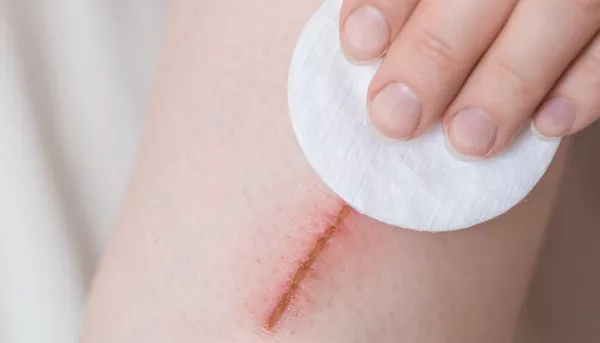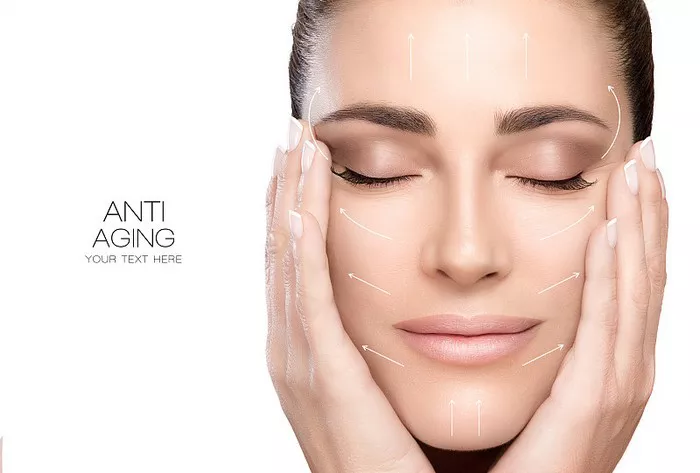Scars on the legs can be unsightly and can affect a person’s self-confidence. Scars can result from a variety of injuries, including cuts, burns, and surgical procedures. While scars cannot be completely removed, there are treatments available to help reduce their appearance. In this article, we will discuss how long it can take for leg scars to fade, as well as the factors that can affect the healing process.
Understanding Scars
Scars are a natural part of the body’s healing process. When the skin is injured, the body produces collagen to help repair the damaged tissue. The collagen forms a scar, which can be different in color and texture from the surrounding skin.
Scars can be raised or flat, and can range in color from pink to dark brown. The appearance of a scar can be influenced by many factors, including the location and size of the injury, the person’s age and skin type, and the type of wound.
How Long Does It Take for Leg Scars to Fade?
The length of time it takes for leg scars to fade can vary depending on several factors, including the severity of the injury, the location of the scar, and the person’s age and skin type. In general, scars can take anywhere from several months to several years to fade.
Small, superficial scars may fade within a few months, while larger, deeper scars may take several years to fade. Scars on the legs can take longer to fade than scars on other parts of the body because the skin on the legs is thicker and has less blood flow.
Factors That Can Affect Scar Healing
Several factors can affect the healing process of scars, including:
Type of Injury: The type of injury that caused the scar can affect the healing process. Deep wounds and burns can result in more severe scars than shallow cuts.
Location of the Scar: The location of the scar can also affect the healing process. Scars on areas of the body with more blood flow, such as the face, may heal faster than scars on areas with less blood flow, such as the legs.
Age and Skin Type: Age and skin type can also affect the healing process. Younger people tend to heal faster than older people, and people with darker skin may be more prone to scarring.
Treatment: The type of treatment used to treat the injury can also affect the healing process. Proper wound care and the use of scar treatments, such as silicone sheets or creams, can help reduce the appearance of scars and speed up the healing process.
Treatments for Scars
There are several treatments available to help reduce the appearance of scars, including:
Silicone Sheets: Silicone sheets are a type of adhesive sheet that can be placed over a scar to help reduce its appearance. The sheets work by hydrating the skin and creating a barrier that helps to reduce the production of collagen.
Scar Creams: Scar creams contain ingredients, such as vitamin E and aloe vera, that can help to reduce the appearance of scars. The creams work by hydrating the skin and promoting the production of collagen.
Laser Therapy: Laser therapy is a type of treatment that uses a laser to remove the outer layer of skin and stimulate the production of collagen. The treatment can help to reduce the appearance of scars and improve skin texture.
Surgery: In some cases, surgery may be necessary to remove a scar. The procedure involves cutting out the scar tissue and stitching the skin back together.
Conclusion
Scars on the legs can be unsightly and can affect a person’s self-confidence. While scars cannot be completely removed, there are treatments available to help reduce their appearance. The length of time it takes for leg scars to fade can vary depending on several factors, including the severity of the injury, the location of the scar, and the person’s age and skin type. Proper wound care and the use of scar treatments, such as silicone sheets or creams, can help reduce the appearance of scars and speed up the healing process. If you are concerned about a scar on your leg, talk to your doctor about the best treatment options for you.
[inline_related_posts title=”You Might Be Interested In” title_align=”left” style=”list” number=”6″ align=”none” ids=”4033,4029,4027″ by=”categories” orderby=”rand” order=”DESC” hide_thumb=”no” thumb_right=”no” views=”no” date=”yes” grid_columns=”2″ post_type=”” tax=””]

































